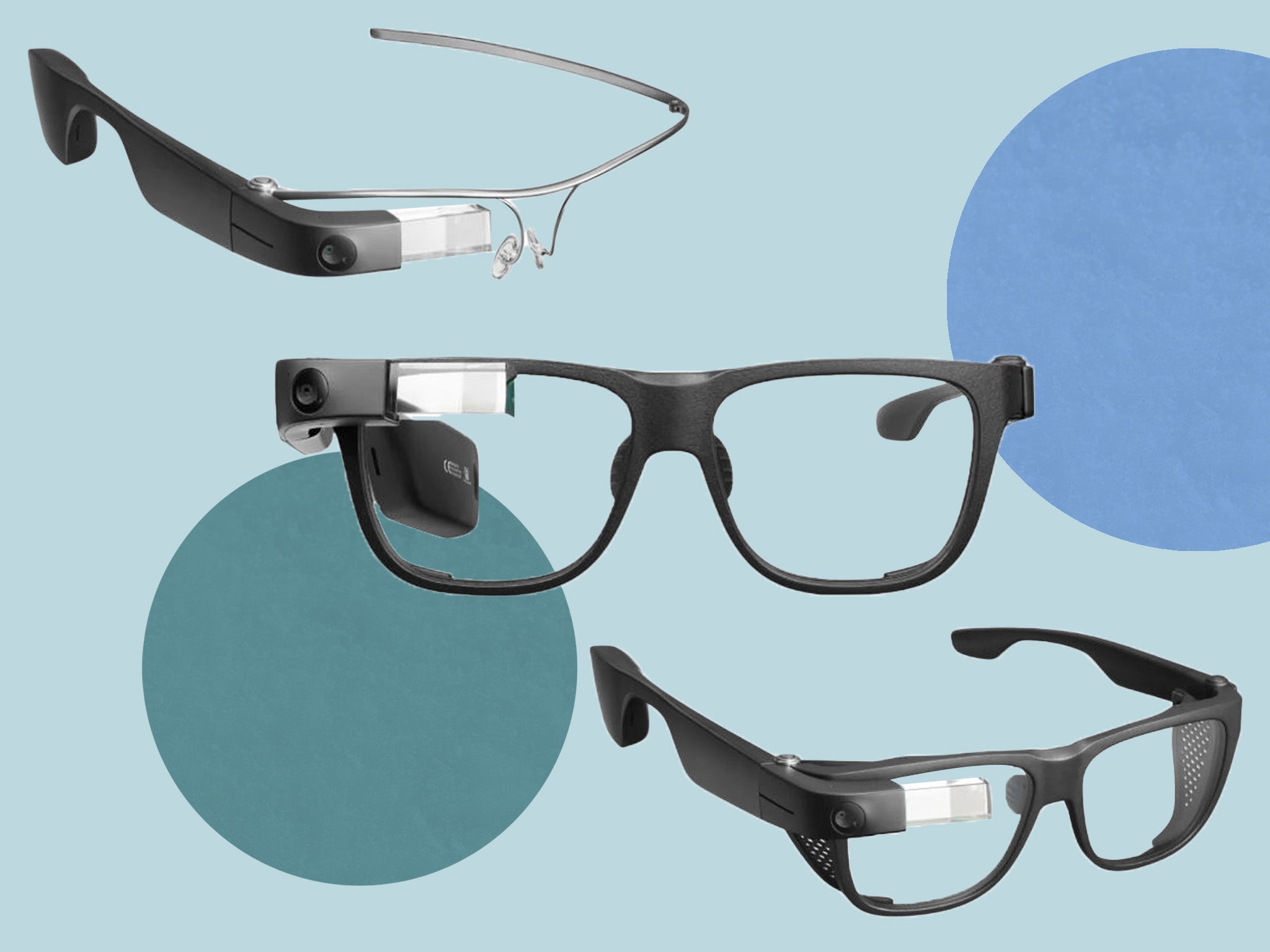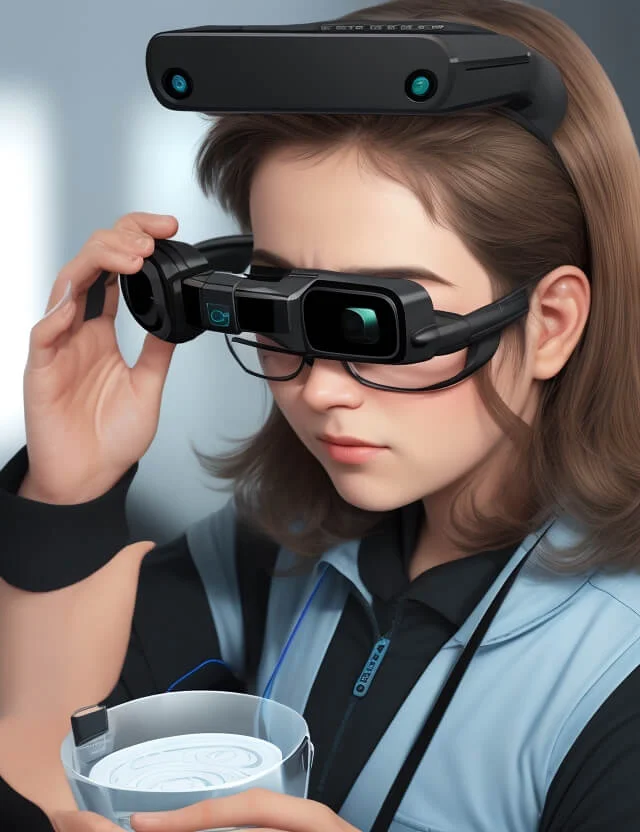Maximizing Efficiency with Screen Readers for the Blind: A Comprehensive Guide
Maximizing Efficiency with Screen Readers for the Blind: A Comprehensive Guide
Blog Article
Discover Advanced Assistive Devices for Individuals With Aesthetic Impairments
The landscape of assistive modern technology for people with visual problems is progressing rapidly, offering a series of innovative tools that enhance autonomy and engagement (Braille displays and notetakers). From wise glasses that perfectly combine visual input with acoustic guidance to advanced navigating applications that redefine spatial awareness, these devices are reshaping opportunities. In addition, the current innovations in Braille innovation and voice-activated systems significantly add to ease of access. The effects of these growths expand much beyond simple functionality; they test standard understandings of impairment and self-reliance. What might this indicate for the future of addition and support?
Smart Glasses Innovations
Smart glasses stand for a substantial development in assistive modern technology for individuals with aesthetic problems. Geared up with electronic cameras and sensing units, clever glasses can capture real-time aesthetic details, which is then refined and communicated to the user with sound comments or haptic sensations.
Moreover, improvements in artificial intelligence have actually even more improved the capacities of smart glasses. Equipment discovering formulas can identify faces, read text, and recognize items, making them indispensable devices for daily tasks. Customers can obtain auditory hints that provide context concerning their setting, promoting independence and self-confidence.
In addition, the ergonomic layout and light-weight nature of several clever glasses make them appropriate for extended usage, making certain convenience while improving performance. As these devices continue to advance, they hold the potential to reinvent the means individuals with aesthetic problems experience their lives, bridging the space between access and innovation. The recurring research study and development in this area assurance to increase the opportunities for wise glasses, making them an essential component of contemporary assistive gadgets.
Navigation Apps and Equipment
Various navigation applications and tools have emerged as important resources for individuals with aesthetic disabilities, dramatically enhancing their capability to pass through strange settings. These innovations leverage GPS capability, audio hints, and real-time data to give users with specific navigating support.
One famous example is the Aira app, which connects users to trained representatives that can give aesthetic summaries of environments and navigation advice through a live video feed. This service enhances the customer's spatial understanding and self-confidence while navigating. Another notable tool is Seeing Eye GPS, which supplies voice-guided navigating and points of interest, enabling customers to accessibility vital details regarding their surroundings.

As technology proceeds to development, the growth of more innovative navigation tools guarantees to further equip people with visual disabilities, facilitating smooth movement and integration right into diverse atmospheres. Such advancements are instrumental in promoting an extra comprehensive society.
Braille Innovation Innovations
In the last few years, improvements in Braille modern technology have actually significantly transformed exactly how individuals with aesthetic disabilities access details and engage with the world around them. The growth of mobile Braille screens has actually changed reading by allowing individuals to connect wirelessly to tablet computers, computer systems, and mobile phones. These tools transform text into Braille in real-time, making it possible for seamless communication with digital material.
Furthermore, innovative Braille printers have arised, boosting the manufacturing of responsive products. Modern embossers are faster and more reliable, enabling the rapid development of Braille files and academic materials. This efficiency reduces the time and cost connected with generating Braille resources, making them much more available to schools and organizations.
Additionally, the integration of Braille with other technologies, such as expert system and maker learning, has actually opened up new go to my site methods for individualized knowing experiences. Voice recognition and synthesis innovations can enhance Braille, giving a comprehensive strategy to info circulation.
As the need for inclusive education and learning and workplace settings expands, these technological innovations play a vital duty in empowering people with aesthetic impairments, ensuring they have equal accessibility to info and chances in various facets of life.
Wearable Tools for Independence
An expanding range of wearable tools is improving freedom for individuals with visual problems, offering cutting-edge remedies that enhance navigation and day-to-day living. Braille displays and notetakers. These gadgets make use of sophisticated technologies to provide real-time comments and assistance, promoting freedom in different settings

Wearable innovation likewise includes smartwatches that can be programmed with availability features, enabling individuals to obtain alerts, track their locations, or also call for aid with the touch of a switch. Additionally, some tools integrate expert system to examine the setting, offering sound descriptions of neighboring items or people.
Voice-Activated Assistive Solutions
Leveraging voice-activated assistive solutions has transformed the landscape of assistance for individuals with visual disabilities, supplying hands-free communication and access to a selection of jobs. These modern technologies use all-natural language handling and artificial knowledge to allow customers to perform index day-to-day tasks with simple voice commands.

In addition, recent advancements in voice acknowledgment precision have improved the customer experience considerably, fitting varied accents and speech patterns. This inclusivity makes certain that more people can benefit from these innovations, cultivating a higher feeling of freedom.
Final Thought
To conclude, the growth of innovative assistive devices considerably boosts the self-reliance and lifestyle for individuals with aesthetic problems. Innovations such as wise glasses, navigating applications, here Braille technology, wearable devices, and voice-activated options collectively cultivate a more comprehensive environment. These technologies equip customers to browse their environments with confidence and involve more fully with the world, inevitably advertising better ease of access and equivalent chances for people dealing with aesthetic challenges.
The landscape of assistive innovation for people with visual problems is advancing quickly, presenting a variety of innovative tools that boost freedom and interaction.Smart glasses stand for a substantial development in assistive innovation for individuals with visual disabilities. As these tools proceed to advance, they hold the prospective to reinvent the way people with visual impairments experience their daily lives, connecting the space in between access and modern technology.In recent years, developments in Braille innovation have significantly transformed just how people with aesthetic impairments accessibility info and engage with the world around them. These technologies empower users to navigate their surroundings with confidence and involve even more completely with the world, ultimately advertising better access and equivalent possibilities for individuals encountering visual challenges.
Report this page